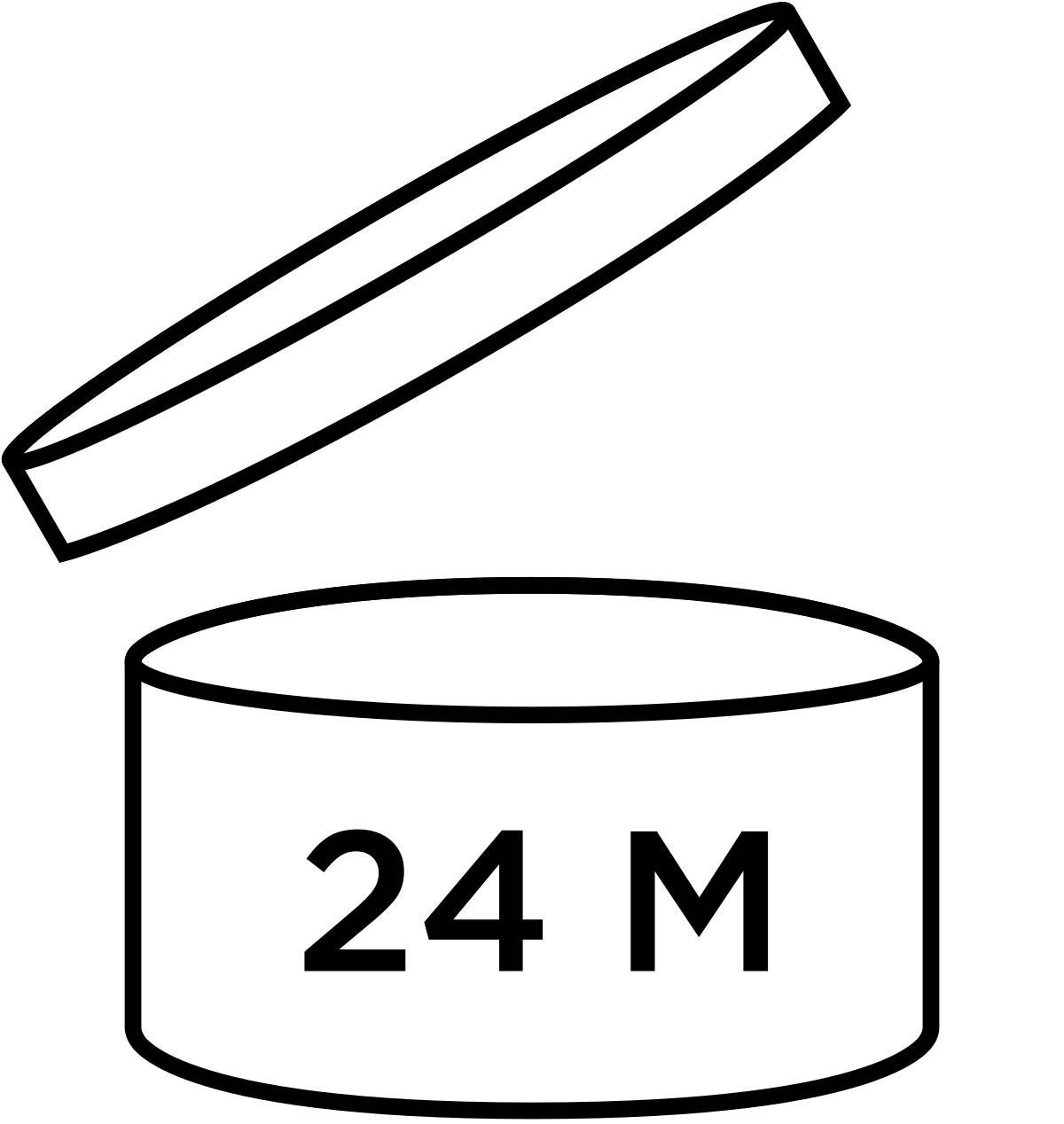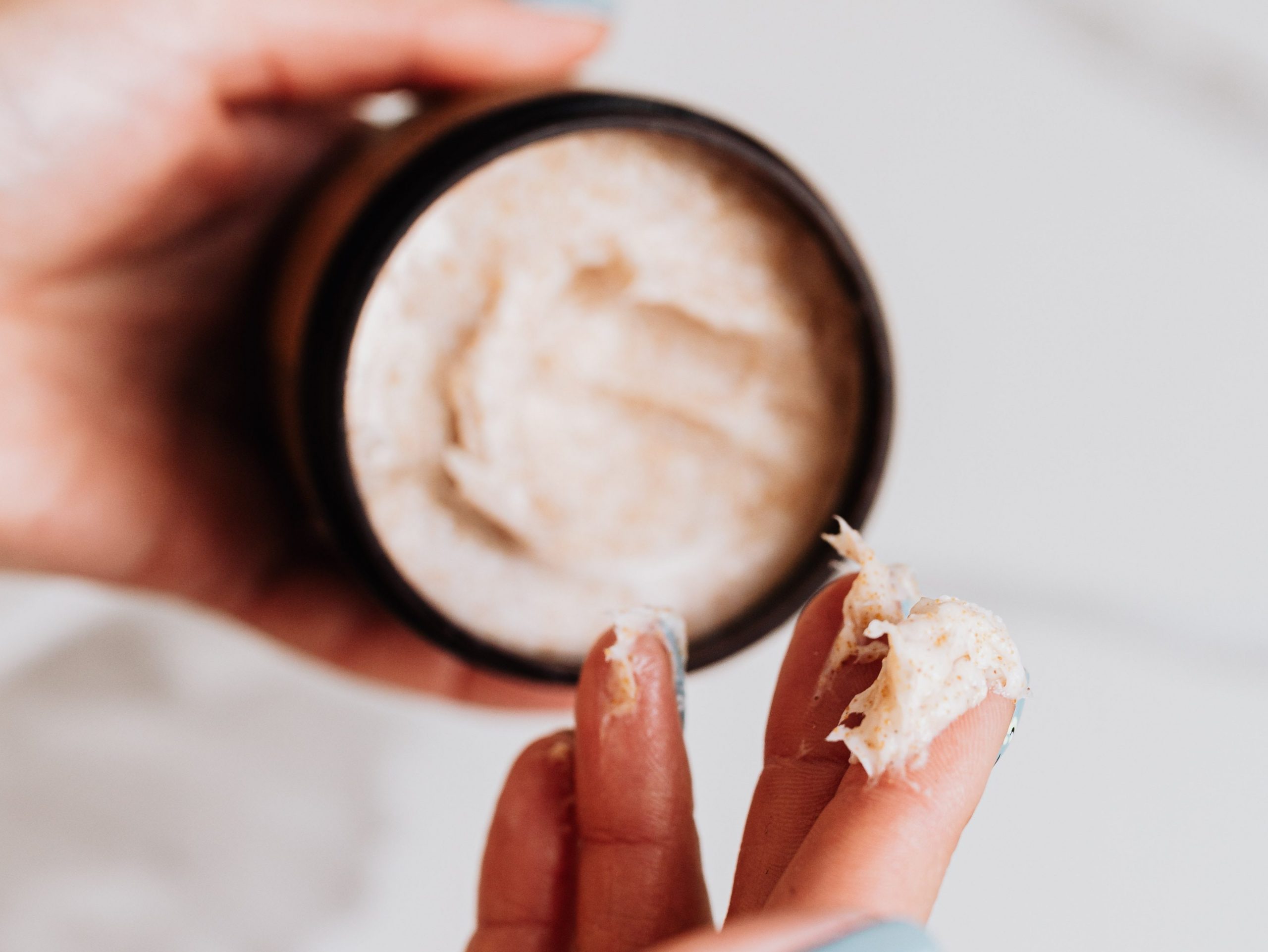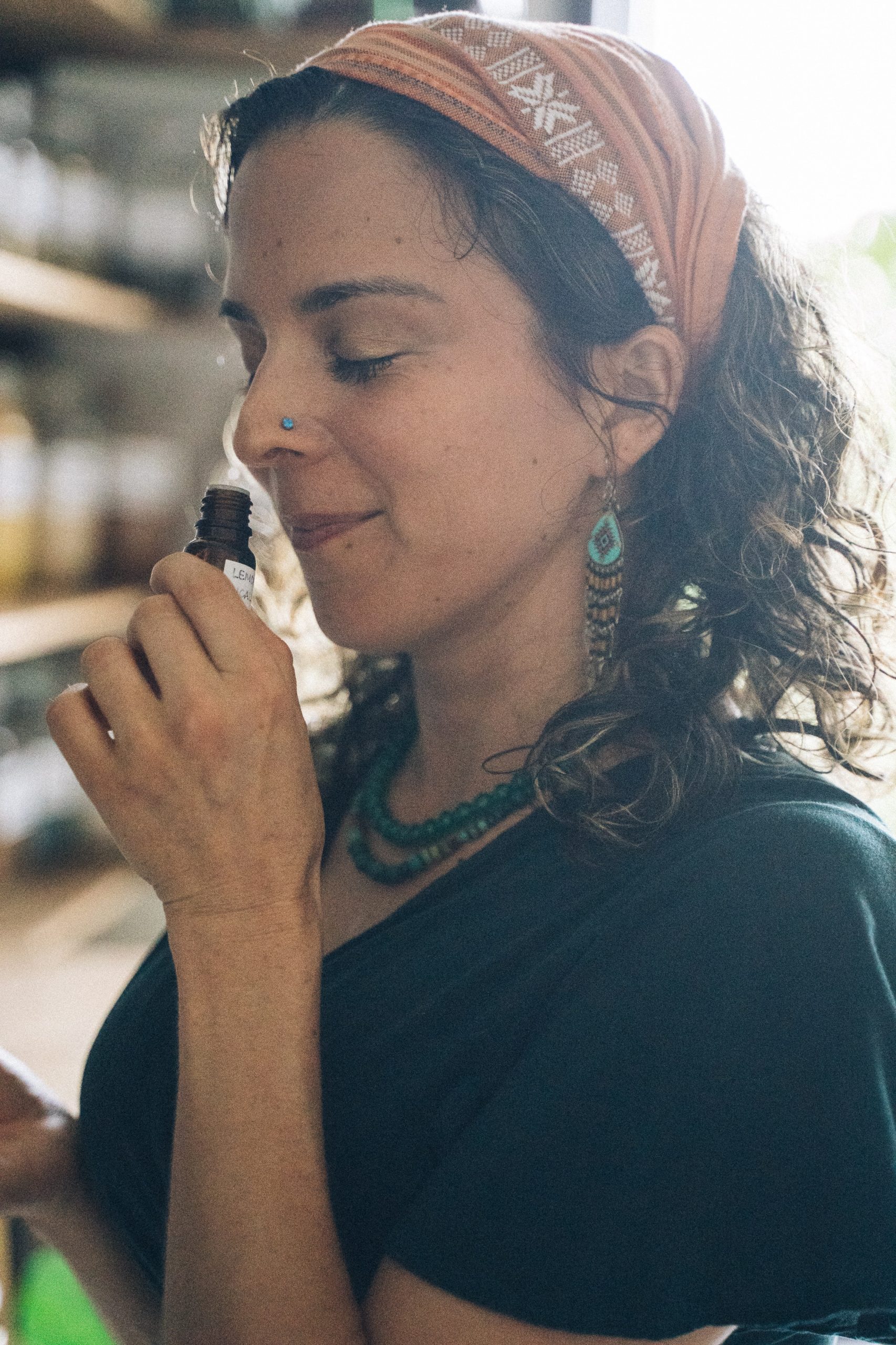Glossary, Natural cosmetics
Expired! ... or not? The shelf life of natural cosmetics. MHD and PAO explained

Mar
"Is this still good or do I have to throw it away?" - Many people ask themselves this question not only in connection with food, but also with cosmetic products. All too often, people decide in favour of the throw-away option "to be on the safe side" in such a situation. However, in many cases this is not necessary at all - even if the product has already officially expired.
As a result, tonnes of perfectly good cosmetics end up in the bin. One thing is certain: Sustainable cosmetics and body care look different. A major problem is that manufacturers of cosmetic products often do not (or cannot) fully inform their consumers about the actual useful life of their products.
That's why we want to take a closer look at what the Period After Opening (PAO) and the best-before date (BBD) are all about.
MHD & PAO - LEGAL BASIS IN EUROPE
The European Cosmetics Regulation EC 1223/2009 came into force in 2013. This contains numerous binding guidelines with regard to the clear labelling and communication of all relevant safety information on cosmetic products. The basic rule here is that cosmetic products must be safe for human health. In order to avoid trade barriers, a corresponding Cosmetics Ordinance has also been drawn up in Switzerland. This has been in force since 2017 and is largely in line with the European Cosmetics Regulation.

In connection with the shelf life of cosmetic products, two components were of particular importance in these regulations - the Best before date (BBD) or expiration date and the Period of use after opening (PAO) or period after opening. In the safety report of the cosmetic compliance process, these are dealt with in the section "Physical/chemical properties and stability of the cosmetic product". To ensure maximum safety for consumers, both factors are taken into account. Essentially, this means that every cosmetic product in the EU and Switzerland must be labelled with either a best-before date (BBD) or a period of use after opening (PAO).
THE BEST-BEFORE DATE (MHD)
The best-before date is commonly known as the erroneously referred to as an expiry or use-by date. Basically, it refers to the Shortest possible period of time that elapses before the intended or advertised effect of a product diminishes. This is a Minimum specification and does not mean that the product completely ceases to be effective on this date.
Instead, the best-before date refers to the period during which the product fully fulfils its function. These dates can vary greatly depending on the type of cosmetic product and its composition. It depends on the specific handling and in particular on the extent to which interactions with bacteria, fungi, etc. can occur. The consistency of the product is also crucial. If a product dries out over time or becomes too moist, for example, the consumer is unlikely to be able to use it as intended for long. This significantly shortens the time until the product officially "expires".
Another important factor is the chemical composition of cosmetics. In some cases, products separate into their various components after a while. As a result, their effectiveness usually decreases.
For cosmetics with a shelf life of less than 30 months, a best-before date must be clearly displayed on the product packaging in accordance with the European Cosmetics Regulation.

THE PERIOD OF USE AFTER OPENING (PAO)
For all cosmetic products with a Durability over a period of more than 30 months no best-before date must be indicated. Instead, a period of use after opening - the PAO (Period After Opening) - must be indicated. In these cases, the packaging of the product contains a clearly recognisable symbol of an opened jar with a month or year, for example 12M for a 12-month period of use after opening.
The After Opening period can be define the period during which a product remains stable and safe for use after initial opening. Like the best-before date, it is therefore related to the extent to which the performance of a product has deteriorated.
In contrast, however, the PAO is influenced much more directly by the first use than is the case with the MHD. This first interaction with the consumer is inevitably accompanied by the existing risk of microbial contamination. For this reason, in addition to the product type and its advertised effects, a number of other factors are taken into account in the PAO.

THE IMPORTANCE OF MHD AND PAO IN PRACTICE
What do the MHD and the PAO actually mean? Essentially, these two terms simply refer to the Responsibility of the manufacturer. Over the period specified in the MHD/PAO, it must be able to ensure that a cosmetic product can retain its properties and fulfil its function.
For example, "The product is fully effective for 28 months", but not "The product is no longer effective or can no longer be used after 28 months"! This makes a big difference, especially in terms of sustainability and the actual duration of use in our bathroom at home.
In addition to the best-before date or the period of use after opening, storage conditions such as certain temperature specifications are sometimes stated. The decisive factor is that most products can be used for much longer than the best before date if stored and used properly. Exactly how long cosmetics can be used without concern over this period depends on various factors.

Experts give different estimates depending on the type of product:
For example, many make-up products can be used for up to two years. If stored correctly in a cool and dry place, they can also be kept unopened for two to three years. However, any preservatives they may contain will break down over time. The following applies to make-up and skincare: if the colour, consistency or smell changes, you should get rid of your product.
Products without strong preservatives can spoil "easily". Special care should also be taken with creamy and oil-based products that contain oils or butter. The oils they contain can become rancid. This can be easily recognised by the Changed odour recognise. Products such as lip liner or eyeliner pencils are usually characterised by a considerably longer shelf life. As they can be sharpened, they can continue to be used without any problems and have virtually no expiry date. Kajal felt-tip pens are an exception, as they usually dry out by themselves at some point.
CONCLUSION & TIPS FOR DEALING WITH COSMETICS AFTER MHD/PAO
Ultimately, it can be said that Nothing lasts forever, but (Natural) cosmetics often last longer than many people think or than stated on the packaging. Sustainability and harmlessness to human (and animal) health are the two central requirements that are usually placed on natural cosmetic products.
For many cosmetic products, these can be definitely still be fulfilled after the official MHD or the PAO. No product automatically becomes ineffective or harmful after the expiry of the best-before date or the period of use after opening. As with food, it is not advisable to throw away cosmetic products immediately, but to decide on a case-by-case basis.

Careful handling of cosmetics is essential to avoid waste. If certain mistakes are made during use or storage, the respective products must be thrown away sooner.
However, it is also important to note that decay or spoilage cannot always be determined with certainty. However, as soon as products start to have a noticeable odour, they should definitely be disposed of. Caution is also required if there is a change in consistency. If a product becomes dry or crumbly, it should never be moistened with water or saliva. Bacteria or fungi can easily get into the jar this way.
In general, the better you look after your products and store them in a dry and cool place, the longer they will stay in optimum condition. So if you are conscious and careful with your skincare and develop a nose for changes in the product, you will enjoy your (natural) cosmetic products for a long time - even some time after the "expiry date".